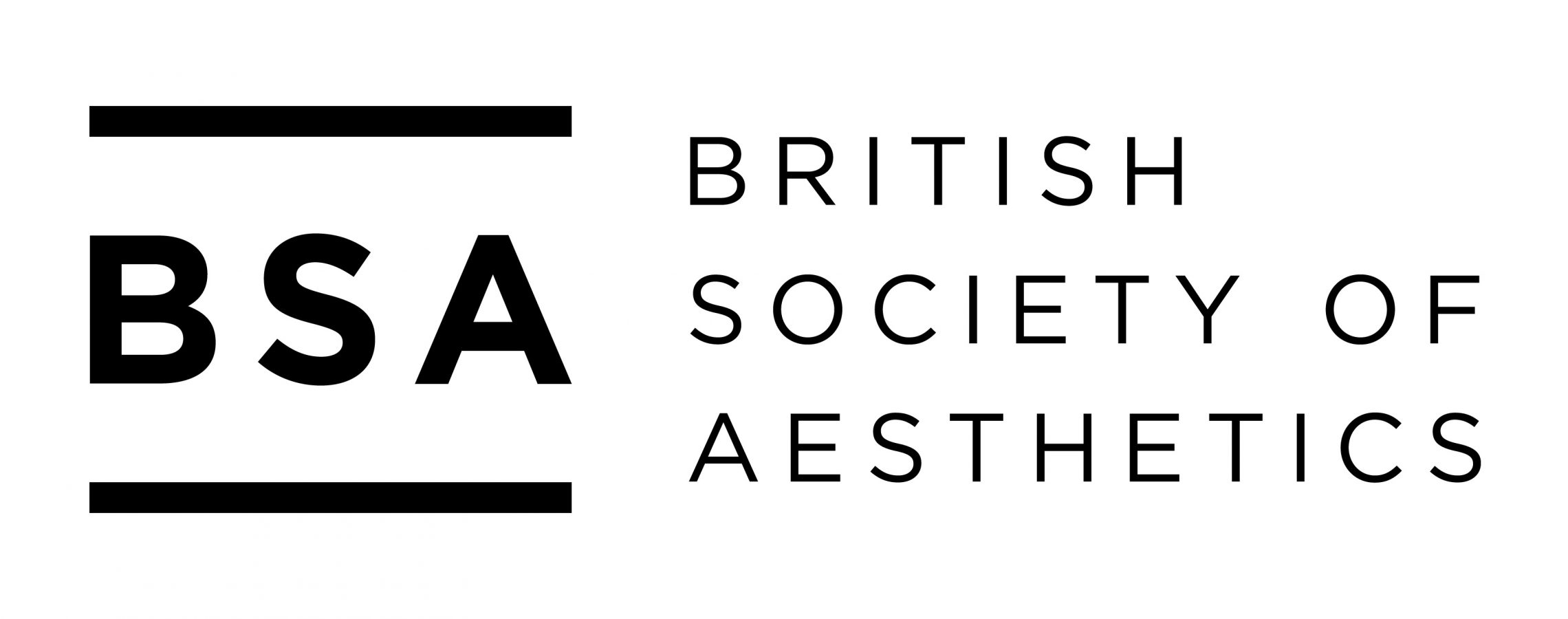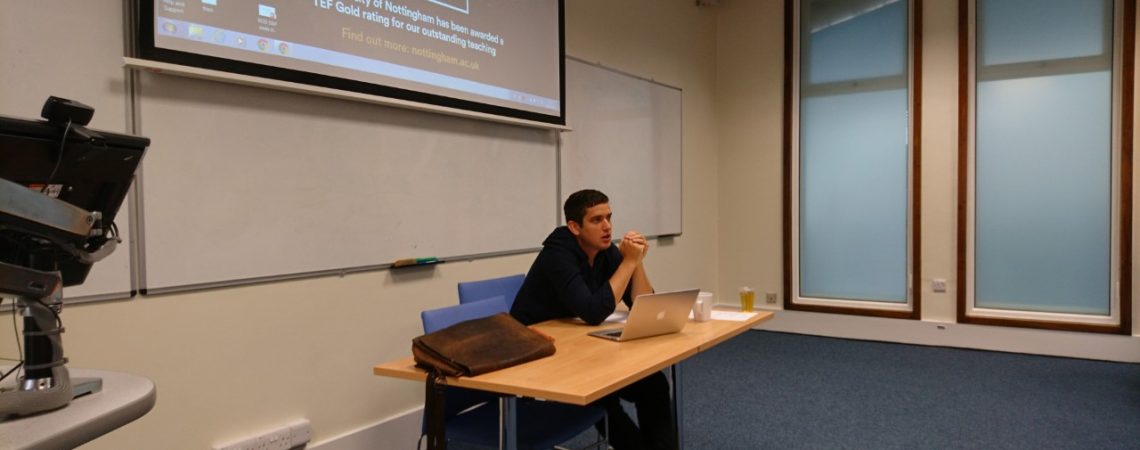The workshop on religion and aesthetics took place on the 26th and 27th July 2017 at the University of Nottingham. The conference brought together aestheticians and philosophers of religion to consider the many ways in which aesthetic and religious values, practices, and experiences might relate to one another. The talks given employed a broad range of philosophical methodologies as well as drawing on a wide variety of different aesthetic and religious traditions.
The first talk was by Tasia Scrutton (University of Leeds) who discussed the role which the aesthetic plays in depression recovery narratives and the ways in which these narratives can be inflected by the religious views of the subject. The second talk was given by Caleb Zimmerman (University St Andrews) who argued that Kierkegaard’s works provide a powerful challenge to standard arguments – by Lamarque and others – against literary cognitivism. In the third session Mark Wynn (University of Leeds) considered the ways in which various kinds of experience of sensory beauty – concerning, for example, natural beauty or religious art – can play a role in the Spiritual Life. In the fourth talk David E. Cooper (emeritus University of Durham) considered the religious element in our experience of music and nature. Cooper claimed that these experiences are often such as to provide a unified phenomenology where the religious element is inseparable from the other aspects of the experience. Ian James Kidd (University of Nottingham) gave the fifth talk in which he considered the ways in which various aesthetic features of religious exemplars (saints, sages, and the like) can serve to engender admiration and emulation in others. The sixth talk was given by Moran Godess-Riccitelli (Tel Aviv University) who focused on Kant’s famous moral argument for the existence of God. She then used this as a basis to discuss the relationship between aesthetic experience and moral faith in Kant’s philosophy. The final talk by Jon Robson (University of Nottingham) considered the common theistic claim that God is perfectly beautiful and asked what consequences this might have for our understanding of the metaphysics and semantics of beauty (and other aesthetic properties).
There were only around a dozen attendees in total at the event. There was, however, a pleasing mix of attendees both in terms of academic position (from graduate students to full professors) and subject of specialisation (including philosophers of religion, aestheticians, theologians and practicing artists). In addition, the smaller numbers helped to contribute to a relaxed and friendly atmosphere. The discussion – both during formal discussion periods and during breaks – was extremely productive and further highlighted the importance of a continued investigation into the various fruitful interplays between the religious and the aesthetic. We would like to, once again, thank the BSA for their generous funding of this event.

